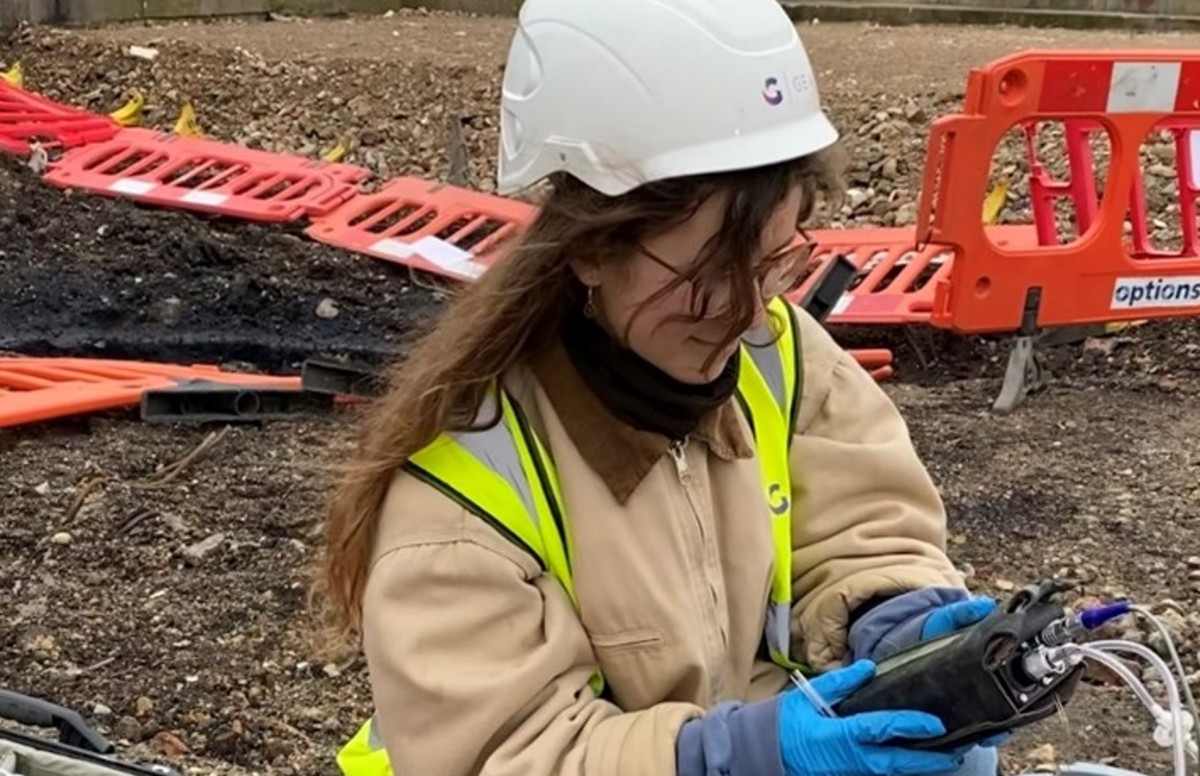Geotechnical Engineering Companies in South Africa: Leading Experts in Dirt and Foundation Analysis
Geotechnical Engineering Companies in South Africa: Leading Experts in Dirt and Foundation Analysis
Blog Article
Exactly How Consulting Civil Design Firms Add To Effective Project Administration and Style Application
Consulting civil design companies are indispensable to the success of building and construction jobs, combining technological efficiency with calculated oversight. Their duty incorporates not just the execution of feasibility studies but also the implementation of innovative project management methodologies that streamline procedures and boost stakeholder involvement. By focusing on style optimization and risk mitigation, these companies make certain that jobs are not only feasible yet likewise sustainable and affordable. However, the nuances of their contributions often remain underexplored, motivating a better evaluation of the specific methods and techniques that underpin their efficiency - geotechnical engineering companies in south africa.
Role of Civil Designers
Comprehending the duty of civil engineers is essential for the effective administration of construction tasks. Civil engineers act as the foundation of facilities growth, ensuring that tasks are made and performed to fulfill safety, capability, and sustainability requirements. Their competence incorporates various elements of design, consisting of architectural, environmental, and geotechnical specialties.
Civil engineers are in charge of performing feasibility research studies, which examine the viability of proposed jobs by examining financial, technological, and ecological factors. They develop comprehensive plans and requirements, incorporating innovative solutions to optimize materials and resources. Throughout the construction phase, civil designers oversee the job, collaborating with stakeholders, architects, and specialists to make certain adherence to make specifications and regulative demands.

Project Planning Techniques
Efficient job preparation methods are essential for making certain that construction tasks are executed smoothly and efficiently. Consulting civil engineering companies play a critical function in this process by utilizing extensive planning methods that deal with different job phases. Originally, a detailed assessment of job scope and client needs is carried out, permitting the recognition of crucial turning points and deliverables.
Additionally, these firms make use of devices such as Gantt charts and project monitoring software to develop in-depth timelines, allowing effective organizing of jobs and resource allowance. This structured approach aids to expect prospective bottlenecks and allot required resources proactively. Risk monitoring is one more key part; firms conduct threat evaluations to identify possible issues that can develop during the job's lifecycle, executing mitigation methods to reduce disruptions.
Additionally, stakeholder interaction is stressed throughout the planning stage. Normal communication with customers, contractors, and regional authorities makes certain that all parties are lined up with task goals and timelines. By integrating these methods, seeking advice from civil design firms enhance the probability of task success, guaranteeing adherence to budget plan restraints and governing requirements while cultivating a collaborative atmosphere.
Style Optimization Strategies
Layout optimization strategies are crucial for improving the effectiveness and sustainability of civil design tasks. These strategies entail the organized examination of layout criteria to attain the most effective feasible end results while minimizing costs and source usage. By using innovative computational devices and formulas, engineers can examine different layout choices and choose the most reliable options based on details project criteria.
One commonly used method is parametric design, which permits for the adjustment of layout variables to observe their influence on general job performance. This iterative procedure results in ingenious services that not only fulfill useful demands but additionally follow environmental standards. In addition, strategies such as value engineering concentrate on enhancing project elements to make best use of worth while lowering unneeded costs.
Moreover, the integration of Building Details Modeling (BIM) assists in better cooperation among stakeholders, enabling real-time changes and improvements to designs. This holistic sight fosters an extensive understanding of the project, causing informed decision-making. Eventually, effective style optimization techniques lead to improved job timelines, reduced waste, and boosted architectural efficiency, contributing to the total success of civil engineering undertakings.
Risk Monitoring Approaches
Danger management techniques are important in guaranteeing the effective shipment of civil engineering jobs, as they aid determine, analyze, and reduce prospective hazards that could affect task outcomes. Efficient threat management is a methodical procedure that involves the recognition of threats, examination of their chance and impact, and the advancement of approaches to resolve them.
Consulting civil design firms normally use a mix of quantitative and qualitative danger analysis methods (geotechnical engineering companies in south africa). Qualitative approaches, such as brainstorming sessions and experienced interviews, help gather insights on prospective dangers from numerous stakeholders. Alternatively, quantitative techniques involve statistical analysis and modeling to identify the likelihood and prospective effect of recognized threats
When dangers are evaluated, companies implement reduction strategies, which might consist of threat evasion, decrease, transfer, or approval. This can entail upgrading job elements to get rid of risks or securing insurance coverage to offset prospective financial losses. Continuous monitoring and review of threats throughout the task lifecycle are see likewise necessary, enabling for timely adjustments to take the chance of monitoring methods as new threats arise.
Collaborative Interaction Practices
Enhancing project end results via collective communication techniques is crucial for getting in touch with civil design firms. Reliable communication fosters a society of transparency and trust fund amongst stakeholders, which is vital for the successful implementation of engineering tasks. By carrying out structured communication networks, companies can ensure that all events-- customers, contractors, and staff member-- are straightened on job timelines, objectives, and deliverables.
Routine meetings, both informal and official, help with the exchange of ideas and comments, permitting real-time analytic and decision-making. Utilizing collective devices such as job monitoring software application motivates documents and tracking of development, while making it possible for immediate accessibility to vital info.
In addition, active listening and open dialogue are crucial aspects in a joint setting. By valuing diverse point of views, companies can innovate and adapt styles that satisfy both technological demands and customer assumptions. Additionally, promoting redirected here a team-oriented ambience decreases misunderstandings and raises the total top quality of job.

Verdict
In verdict, seeking advice from civil design firms are essential to successful task monitoring and style implementation. By using strategic preparation, style optimization, and efficient risk monitoring, these companies enhance task performance and sustainability. Their dedication to joint communication further makes certain stakeholder positioning and fosters a participating atmosphere. Ultimately, the browse around this web-site know-how and methods used by consulting civil designers considerably add to accomplishing project objectives while making best use of and lessening costs resource utilization.

In final thought, seeking advice from civil engineering firms are essential to effective job management and style implementation.
Report this page